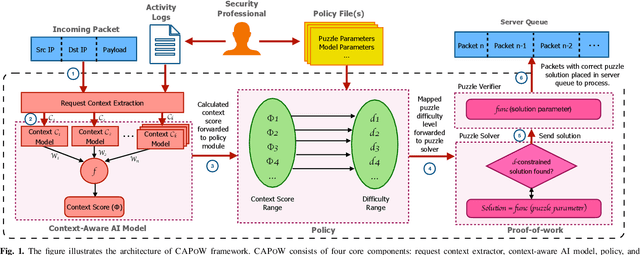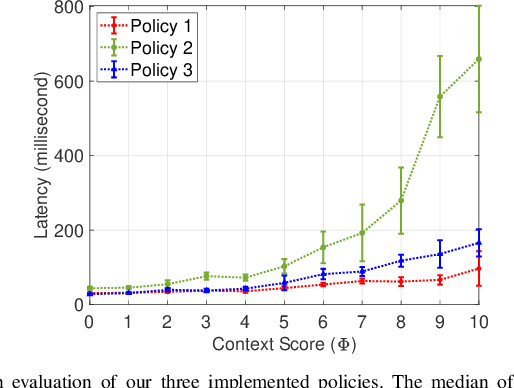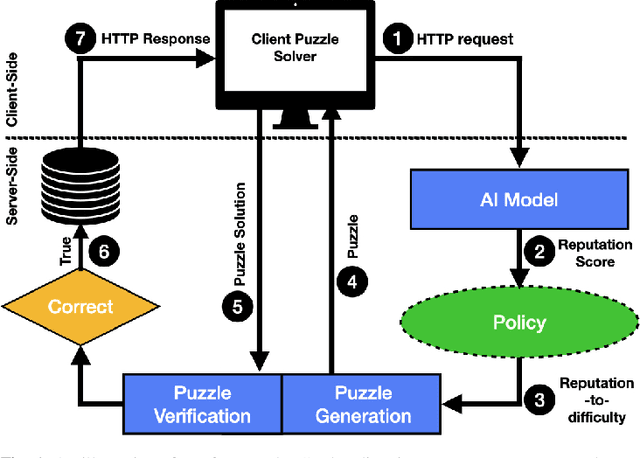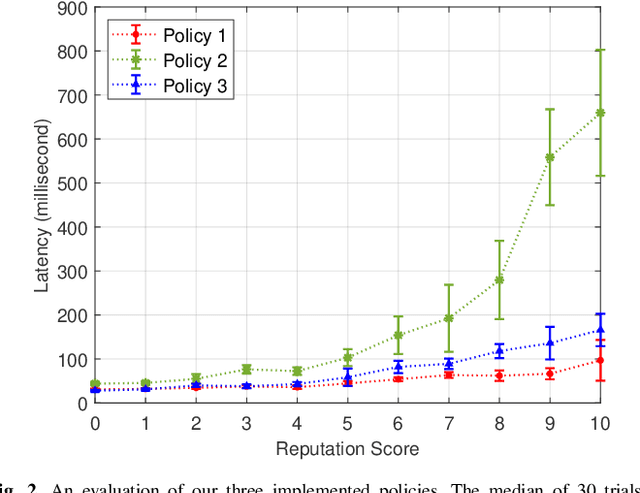Trisha Chakraborty
A Survey on Privacy Attacks Against Digital Twin Systems in AI-Robotics
Jun 27, 2024



Abstract:Industry 4.0 has witnessed the rise of complex robots fueled by the integration of Artificial Intelligence/Machine Learning (AI/ML) and Digital Twin (DT) technologies. While these technologies offer numerous benefits, they also introduce potential privacy and security risks. This paper surveys privacy attacks targeting robots enabled by AI and DT models. Exfiltration and data leakage of ML models are discussed in addition to the potential extraction of models derived from first-principles (e.g., physics-based). We also discuss design considerations with DT-integrated robotics touching on the impact of ML model training, responsible AI and DT safeguards, data governance and ethical considerations on the effectiveness of these attacks. We advocate for a trusted autonomy approach, emphasizing the need to combine robotics, AI, and DT technologies with robust ethical frameworks and trustworthiness principles for secure and reliable AI robotic systems.
LOCALINTEL: Generating Organizational Threat Intelligence from Global and Local Cyber Knowledge
Jan 18, 2024Abstract:Security Operations Center (SoC) analysts gather threat reports from openly accessible global threat databases and customize them manually to suit a particular organization's needs. These analysts also depend on internal repositories, which act as private local knowledge database for an organization. Credible cyber intelligence, critical operational details, and relevant organizational information are all stored in these local knowledge databases. Analysts undertake a labor intensive task utilizing these global and local knowledge databases to manually create organization's unique threat response and mitigation strategies. Recently, Large Language Models (LLMs) have shown the capability to efficiently process large diverse knowledge sources. We leverage this ability to process global and local knowledge databases to automate the generation of organization-specific threat intelligence. In this work, we present LOCALINTEL, a novel automated knowledge contextualization system that, upon prompting, retrieves threat reports from the global threat repositories and uses its local knowledge database to contextualize them for a specific organization. LOCALINTEL comprises of three key phases: global threat intelligence retrieval, local knowledge retrieval, and contextualized completion generation. The former retrieves intelligence from global threat repositories, while the second retrieves pertinent knowledge from the local knowledge database. Finally, the fusion of these knowledge sources is orchestrated through a generator to produce a contextualized completion.
Use of Graph Neural Networks in Aiding Defensive Cyber Operations
Jan 11, 2024Abstract:In an increasingly interconnected world, where information is the lifeblood of modern society, regular cyber-attacks sabotage the confidentiality, integrity, and availability of digital systems and information. Additionally, cyber-attacks differ depending on the objective and evolve rapidly to disguise defensive systems. However, a typical cyber-attack demonstrates a series of stages from attack initiation to final resolution, called an attack life cycle. These diverse characteristics and the relentless evolution of cyber attacks have led cyber defense to adopt modern approaches like Machine Learning to bolster defensive measures and break the attack life cycle. Among the adopted ML approaches, Graph Neural Networks have emerged as a promising approach for enhancing the effectiveness of defensive measures due to their ability to process and learn from heterogeneous cyber threat data. In this paper, we look into the application of GNNs in aiding to break each stage of one of the most renowned attack life cycles, the Lockheed Martin Cyber Kill Chain. We address each phase of CKC and discuss how GNNs contribute to preparing and preventing an attack from a defensive standpoint. Furthermore, We also discuss open research areas and further improvement scopes.
CAPoW: Context-Aware AI-Assisted Proof of Work based DDoS Defense
Jan 27, 2023



Abstract:Critical servers can be secured against distributed denial of service (DDoS) attacks using proof of work (PoW) systems assisted by an Artificial Intelligence (AI) that learns contextual network request patterns. In this work, we introduce CAPoW, a context-aware anti-DDoS framework that injects latency adaptively during communication by utilizing context-aware PoW puzzles. In CAPoW, a security professional can define relevant request context attributes which can be learned by the AI system. These contextual attributes can include information about the user request, such as IP address, time, flow-level information, etc., and are utilized to generate a contextual score for incoming requests that influence the hardness of a PoW puzzle. These puzzles need to be solved by a user before the server begins to process their request. Solving puzzles slow down the volume of incoming adversarial requests. Additionally, the framework compels the adversary to incur a cost per request, hence making it expensive for an adversary to prolong a DDoS attack. We include the theoretical foundations of the CAPoW framework along with a description of its implementation and evaluation.
A Policy Driven AI-Assisted PoW Framework
Mar 21, 2022

Abstract:Proof of Work (PoW) based cyberdefense systems require incoming network requests to expend effort solving an arbitrary mathematical puzzle. Current state of the art is unable to differentiate between trustworthy and untrustworthy connections, requiring all to solve complex puzzles. In this paper, we introduce an Artificial Intelligence (AI)-assisted PoW framework that utilizes IP traffic based features to inform an adaptive issuer which can then generate puzzles with varying hardness. The modular framework uses these capabilities to ensure that untrustworthy clients solve harder puzzles thereby incurring longer latency than authentic requests to receive a response from the server. Our preliminary findings reveal our approach effectively throttles untrustworthy traffic.
 Add to Chrome
Add to Chrome Add to Firefox
Add to Firefox Add to Edge
Add to Edge